Innovation Exchange Webinar Series
Introduction to Traffic Incident Management (TIM) Programs
July 26, 2017
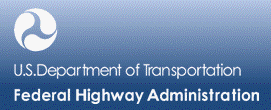
Agenda
- Introduction and Opening Remarks
- Paul Jodoin, Federal Highway Administration
- Introduction to Traffic Incident Management and Overview
of Arizona Traffic Incident Management Program
- Jeff King, Federal Highway Administration and Retired Arizona
State Trooper Captain
- Overview of Oregon Statewide Traffic Incident Management
Program
- Darin Weaver, Oregon Department of Transportation
TIM Business Case
National TIM Program Vision
Through continuous and enhanced planning and training of all TIM
personnel:
- Reduce or eliminate responder and motorist injuries and fatalities.
- Promote rapid incident clearance thereby reducing traffic congestion
and vulnerability.
- Develop or enhance local TIM Programs that ultimately benefit
corridors, regions and States.
- Measure performance that demonstrates improved TIM responses
and programs over time.
- Emphasize TIM as a system operations "core mission"
for all responders.
The Evolving Business
Case: Why TIM?
The business case for training incident responders:
- The safety of incident responders.
- The safety of all road users.
- Congestion mitigation and commerce.
Source: Arizona Department of Public Safety Source: Vince Fairhurst
Source: Ron Moore
Source: Arizona Department of Public Safety
Source:
Vince Fairhurst
Source: Ron Moore
Responder Struck-By Fatalities
In a typical year, the following number of responders are struck
and killed:
- 10 Law Enforcement Officers.
- 4 Fire and Rescue Personnel.
- An estimated 40-60 Towing and Recovery Professionals.
- Several transportation professionals from DOTs, Public Works,
and Safety Service Patrol Programs.
Sources: Federal Bureau of Investigation's Uniform Crime Reporting
Program, National Fire Protection Association, Towing & Recovery
Association of America 6
Responder Struck-By
Crashes – Unknown
Number of Injuries and Property Damage
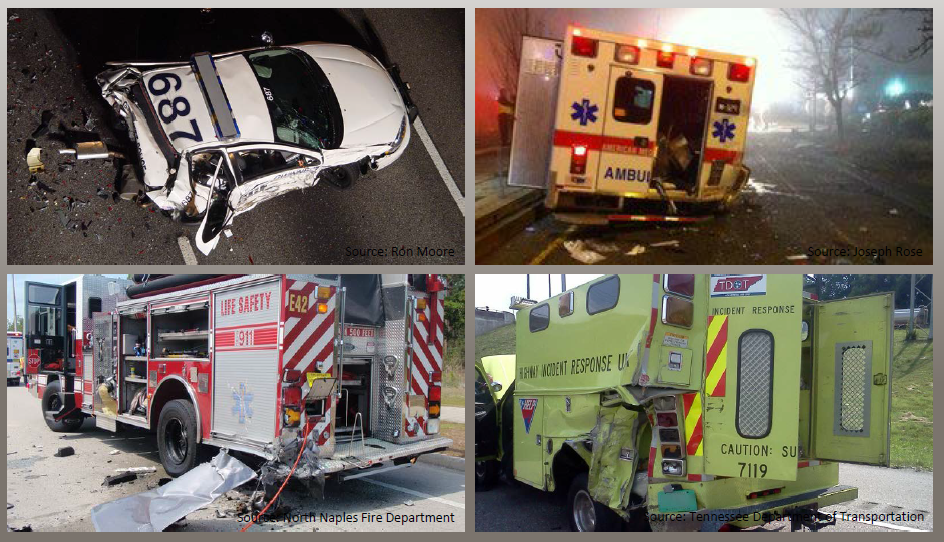
Source: Ron Moore Source: Joseph Rose
Source: North Naples Fire Department
Source: Tennessee Department of Transportation
Secondary Crashes
Secondary Crashes are crashes that occur within
the incident scene or within the queue or backup, including the opposite
direction, resulting from an original incident.
FHWA Focus States Initiative
Impacts of Incident-Related
Congestion
- Lost time and productivity.
- Increased cost of goods and services.
- Impacts on air quality and the environment.
- Increased fuel consumption.
- Reduced quality of life.
- Negative public image for response agencies.
| AAA Crashes vs Congestion November 2011 |
Cost of Crashes |
Cost of Congestion |
| Total |
Per Person |
Total |
Per Person |
| 2005 U.S. National |
$164.2 billion |
$1,051 |
$57 billion |
$430 |
| 2009 U.S. National |
$299.5 billion |
$1,522 |
$97.7 billion |
$590 |
TIM Defined
- TIM consists of a planned and coordinated multidisciplinary process
to detect, respond to, and clear traffic incidents so that traffic flow
may be restored as safely and quickly as possible.
- Effective TIM:
- Improves the safety of emergency responders, crash victims,
and motorists.
- Reduces the duration and impacts of traffic incidents.
TIM PROGRAMS
Arizona TIM Program Overview
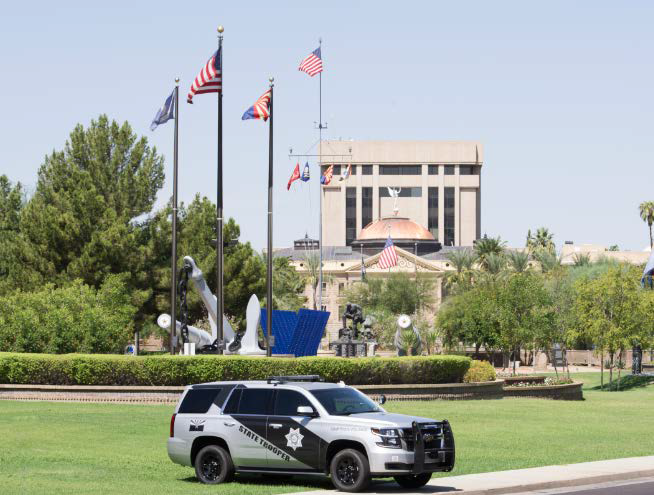
Source: Arizona State Troopers
What triggered AZ DPS to implement TIM and TIM PMs?
- History of officer involved struck by crashes.
- On going work with International Association of Chief's of Police
(IACP) to mitigate the outcomes of struck by crashes.
- 2000-2001 Blue Ribbon Panel ref. Crown Victoria Police Interceptor
(CVPI) crashes.
- 2004 IACP Law Enforcement Safety Stops Sub Committee (LESSS).
- Civilian secondary crash awareness and civil suit litigation.
Most Importantly was
the Focus on Officer Safety!
In Arizona, 29 DPS officers had been lost in the line of duty, 17 of these were involved in motor vehicle crashes, 11 of these were involved in secondary crashes.
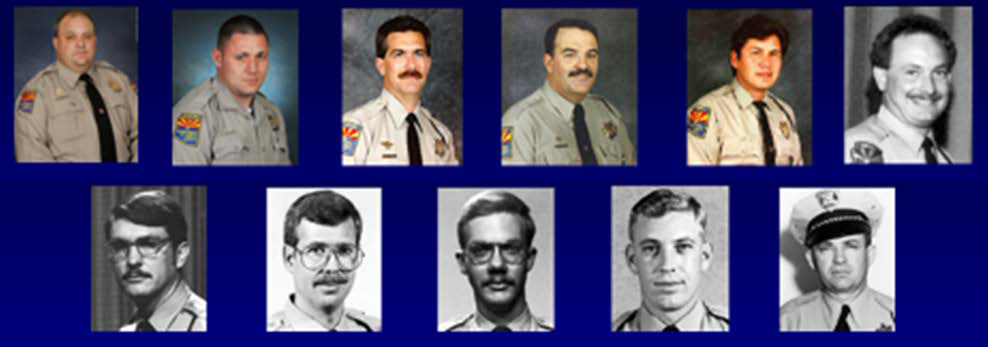
Secondary Items Driving Change
Secondary Issues:
- Expected recovery from great recession.
- Predictions on freight movement.
- Human resources:
- Cuts and vacancies of FTEs.
- New training and administrative mandates.
- Inability to hire qualified candidates.
- Increasing calls for service.
What did we find looking
back at our TIM program prior to 2010?
- Az Troopers placed the most focus on the causes, DUI, Reckless
Driving, Distracted Drivers, Speeding etc.
- Az Troopers were focusing on the big crashes not the everyday
little crashes.
- Az Troopers had been implementing TIM on those traffic incidents
that were longer in length not the everyday little ones.
- Little everyday traffic incidents in many cases led to or were
connected to the big incidents.
"Take away practice: Apply TIM at every traffic
incident and learn from the small ones before they get big," Captain
Jeff King, Az State Trooper (retired)
TIM Performance Measures DATA Collection
- The TIM PMs are being collected by AZDPS using Traffic and Criminal Software (TRACS).
- Was added to the Statewide crash form used in 2014

IACP & Public
Roads Magazine Articles
For additional background refer to:
James E. McGuffin Jr. and Jeffrey A. King, "Traffic Incident Management:
The Next Evolution in Officer Safety," The Police Chief 82 (July 2015): 22–27.
And
Jeffrey A. King, "A Pivotal Job for Police," Public Roads
Vol 78 No. 6, May/June 2015.
TIM Process
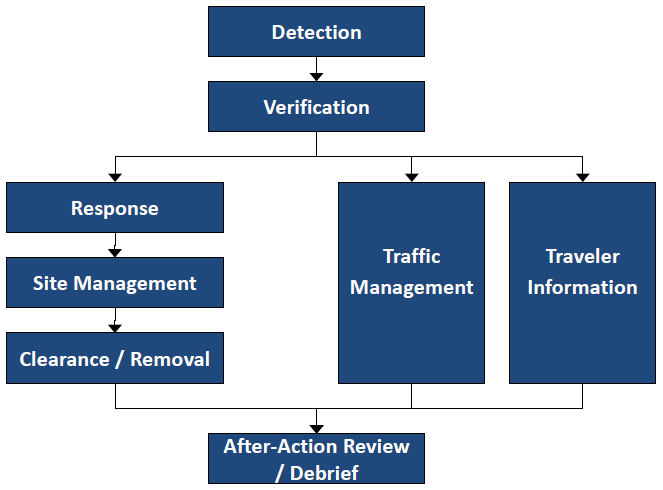
Text of TIM Process flow chart
- Detection
- Verification
- Response
- Site Management
- Clearance / Removal
- Traffic Management
- Traveler Information
- After-Action Review / Debrief
TIM Components
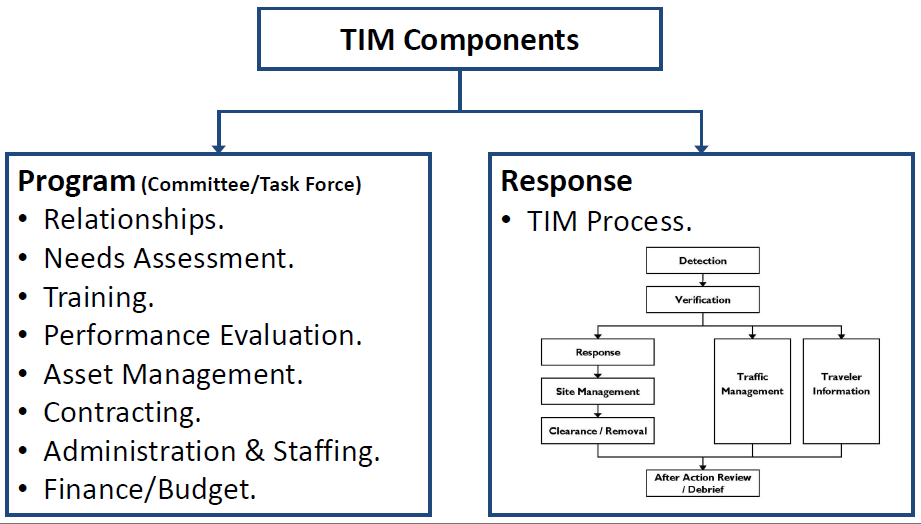
Text of TIM Components flow chart
- TIM Components
- Program (Committee/Task Force)
- Relationships.
- Needs Assessment.
- Training.
- Performance Evaluation.
- Asset Management.
- Contracting.
- Administration & Staffing.
- Finance/Budget.
- Response
What is a TIM Program?
- The goal of a TIM program is to allow for a more effective, efficient
response for all responding agencies.
- On-going effort from all TIM responders to continuously identify
needs and opportunities for improvement.
- TIM programs and associated committees and/or task forces are
sustained and on-going.
TIM Program - Where do you
Start?
- Identify, involve, encourage participation from all responding
agencies and stakeholders - "get folks to the table."
- Identify a "champion" to lead program development
and on-going program administration.
- Establish and maintain relationships.
- Collectively assess the "climate" - Where are we now?
- Tool: Federal Highway Administration (FHWA) Capability Maturity
TIM Self-Assessment (CMSA).
- Collectively establish goals for performance and progress -
Where do we want/need to go?
- Tool: Charter/Vision/Mission
TIM Who? - Identifying
Program Participants
- Law Enforcement.
- Fire Departments.
- State Environmental Agency.
- Public Safety Dispatchers.
- Emergency Management.
- Medical Examiners/Coroners.
- Federal, State, and Local Departments of Transportation.
- Service Patrols (contracted and/or agency-staffed).
- Planning Organizations.
- Towing, Recovery, and Specialized Clean-Up Services.
- Media.
TIM Program Committee Meetings
- Meet regularly (e.g., monthly or quarterly) to:
- Establish, confirm, reinforce goals/objectives.
- Consider a vision or mission development activity and subsequent
memorandum of understanding (MOU) signed by all participants.
- Identify, discuss problem areas, needs (e.g., TIM CMSA).
- Collaborate in developing solutions and strategies.
- Conduct after-action reviews or debriefs.
- Promote awareness of on-going TIM-related activities and initiatives.
- Monitor training requirements.
- Establish, reinforce and renew relationships.
Oregon's TIM Program Elements for Success
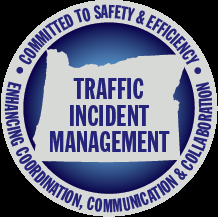
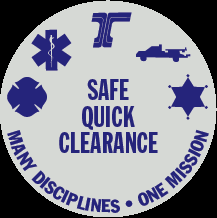
Darin Weaver
ODOT Statewide TIM Program Coordinator
Coordination,
Communication & Collaboration
TIM Program
Coordination
- Statewide (or Agency) TIM Plan
- Regional TIM Teams
Communication
- TIM Newsletter
- TIM Social Media
- TIM Internet Page
Collaboration
- Statewide TIM Training Committee
- Cross-Disciplined TIM Training
Coordination –
Have A Plan and Share It!
2011 Agency Plan » Build Support, Understanding and Buy-In » 2015 Statewide Plan
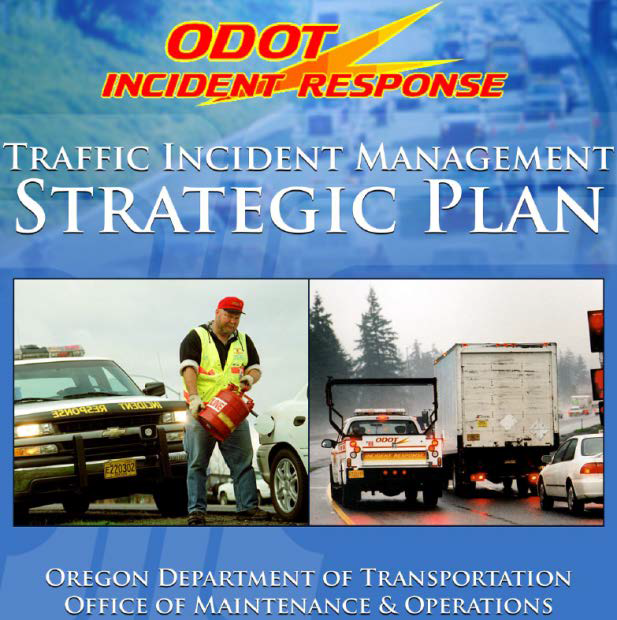
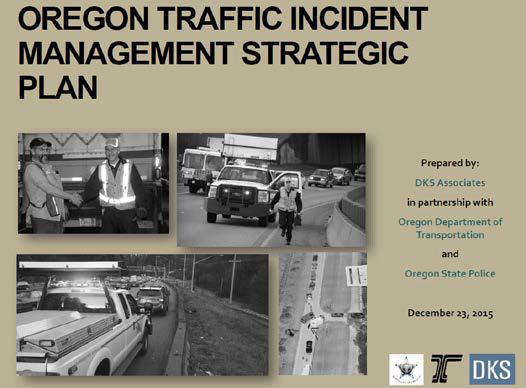
Coordination – Regional
TIM Teams
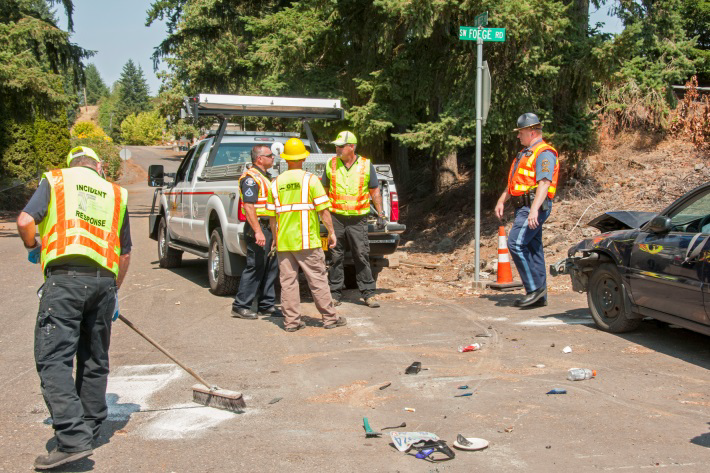
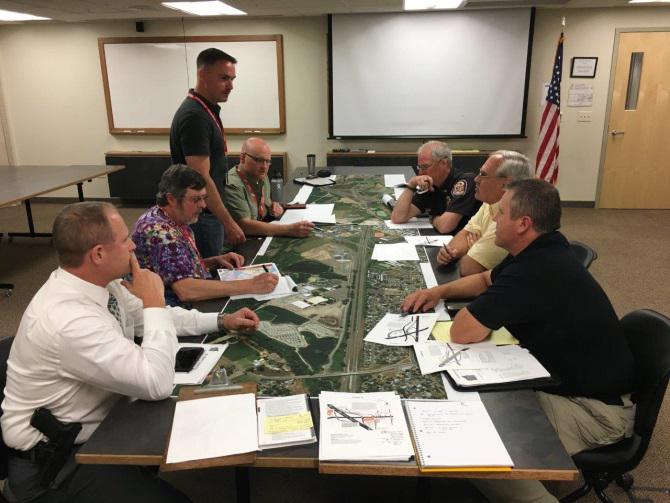
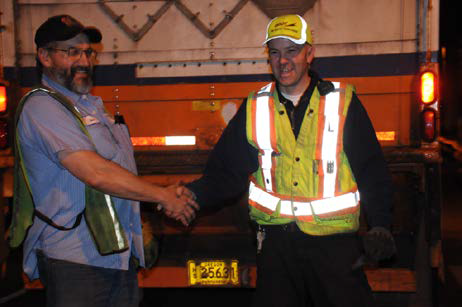
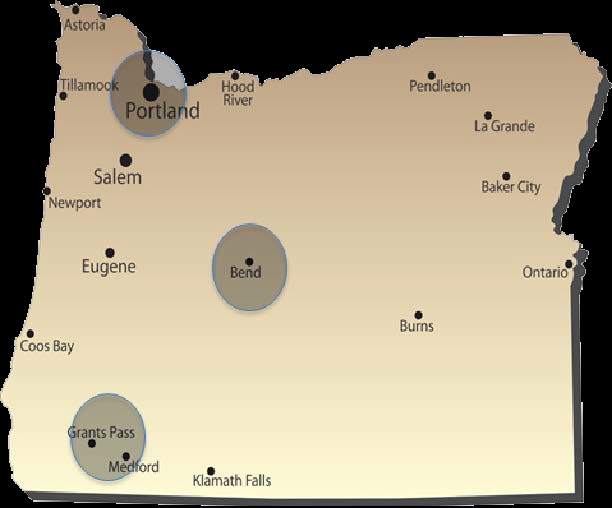
TIM Program Communications
- Oregon TIM Program Communications
- Diversify, optimize and streamline channels to broaden reach and accelerate engagement
Oregon TIM Program Communications
- TIM Social Media
- TIM Internet Site
- TIM Trend Newsletter
Communication –
Appeal to All TIM Responders
- What activities are taking place...
- What results they are meeting with...
- How and Where responders can get involved with your
program...
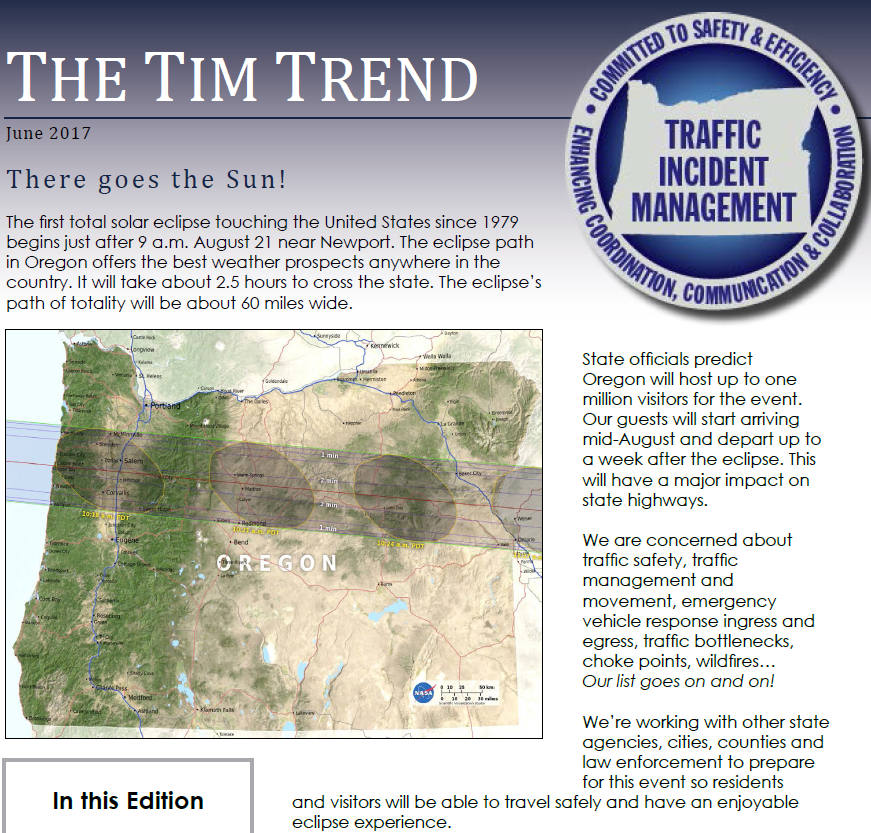
Communication – Maintain & Build
Engagement
- Facebook
- Advertise Events
- Celebrate Successes
- Educate & Inform
- Build a TIM Community
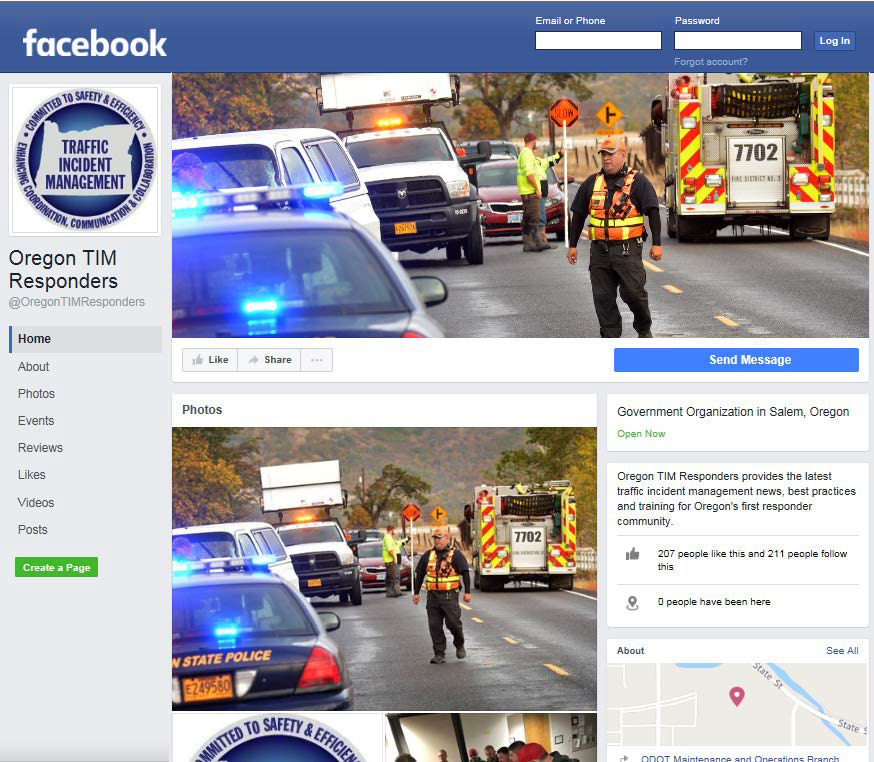
National TIM Responder Training
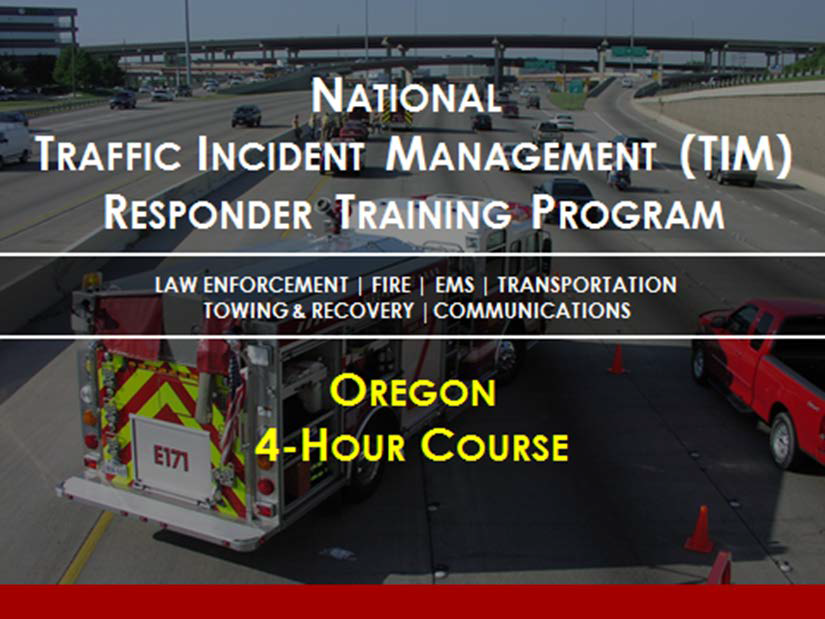
Statewide Implementation
Committee
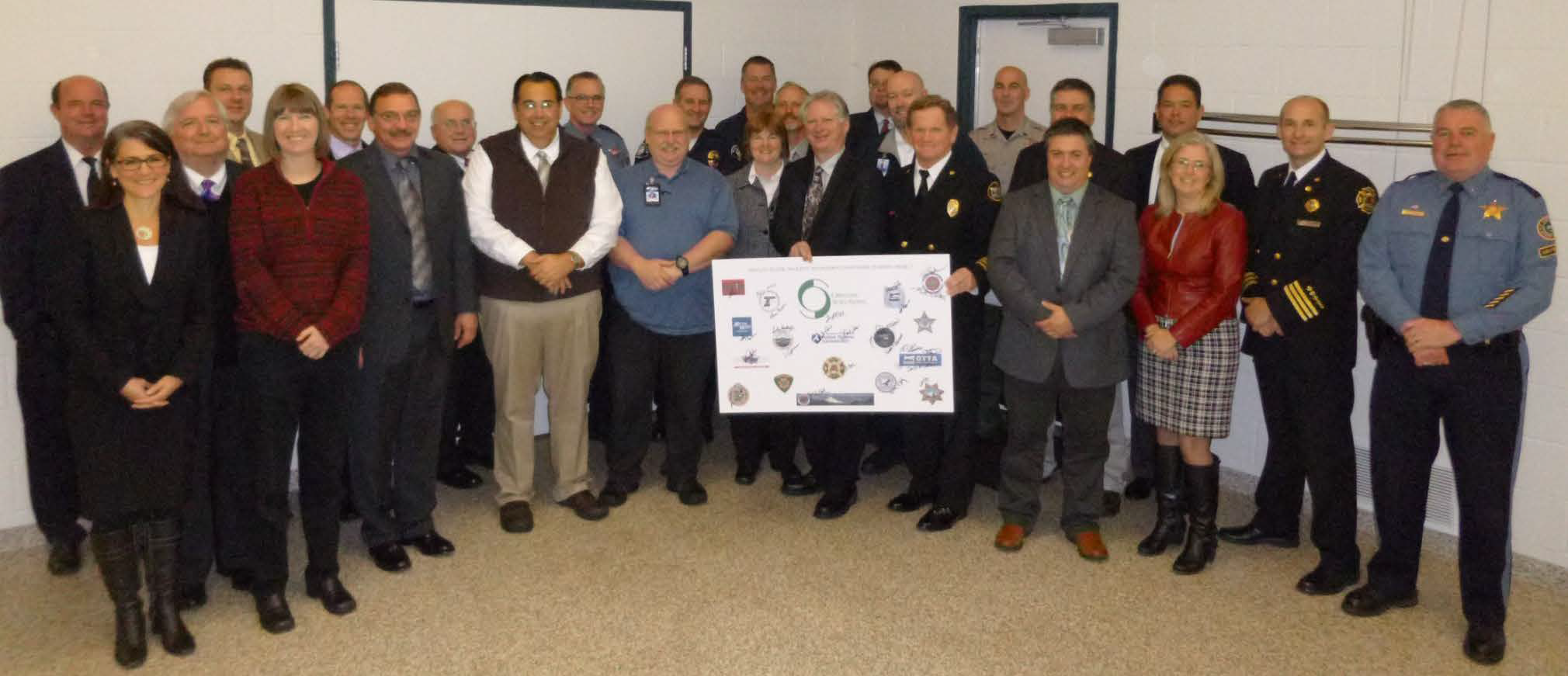
TIM Training - Keep
It Cross-Discipline
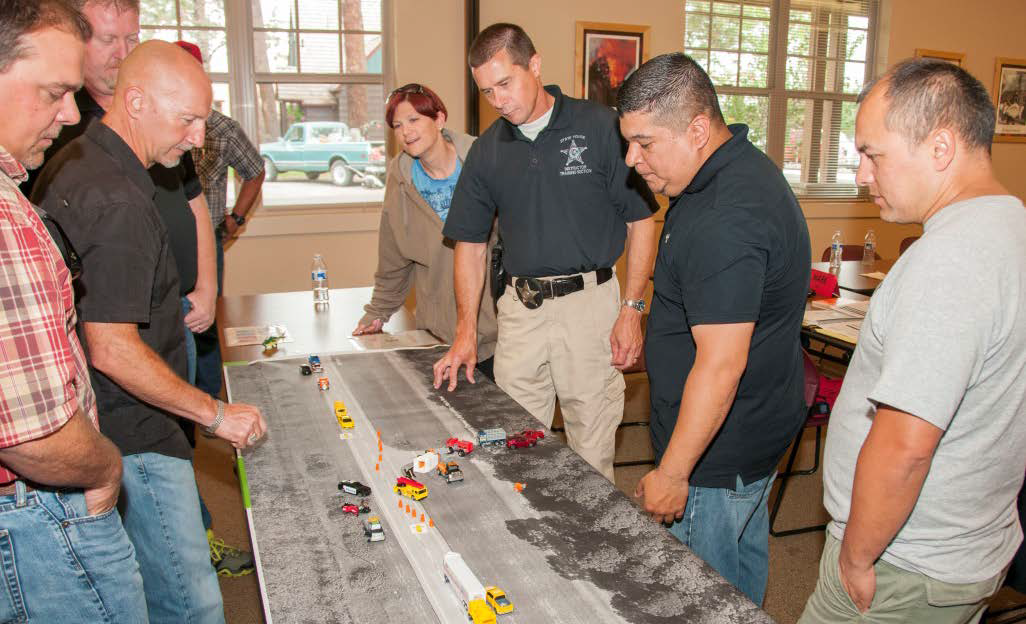
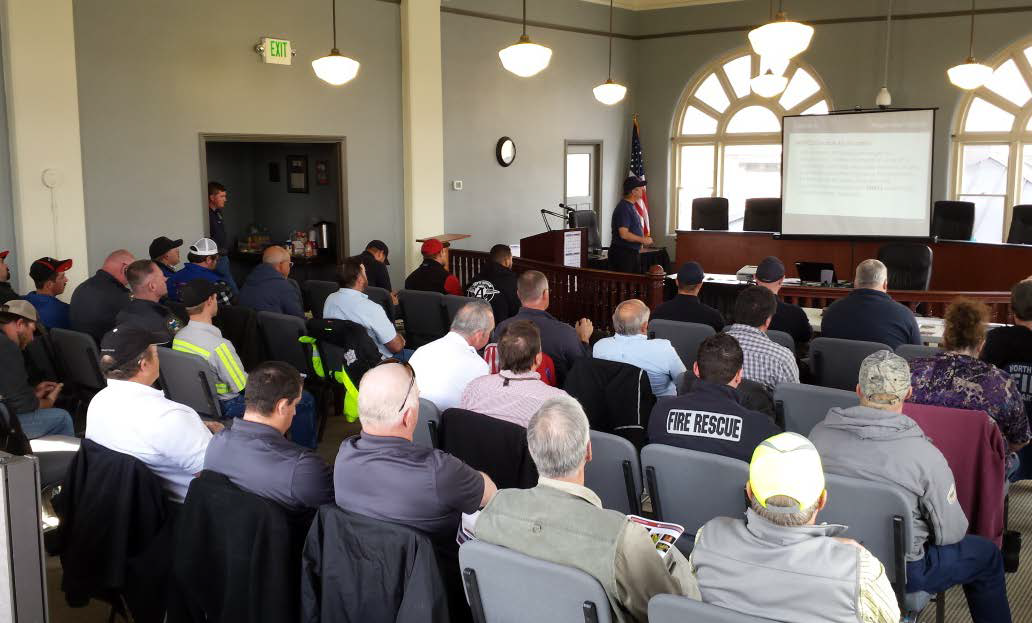
- Hand select trainers from each discipline to be a part of your state (or agency) training team
- Ensure Training events have multi-disciplined trainers
- Encourage Multi-disciplined / multi-agency attendance at each training event
TIM Training &
Communication – Tools Linked & Complimentary
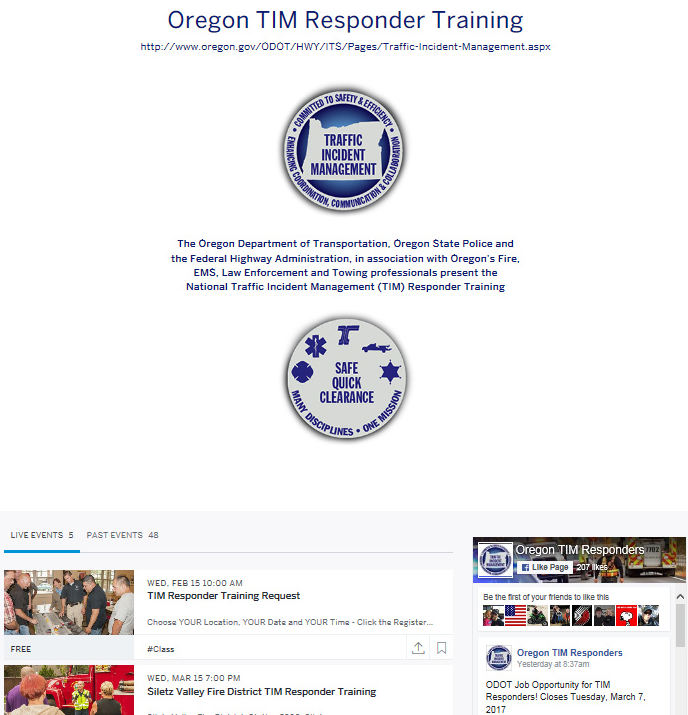
Centralized Training Coordination
Training Request Comes In » Requester Provides Location Date/Time Preference » We Set Up Class On Eventbrite w/ Hardcopy Flyer » Everyone Advertises » TIM Program Schedules Trainers » Deliver Training
Explore New Outreach & Promotional Ideas
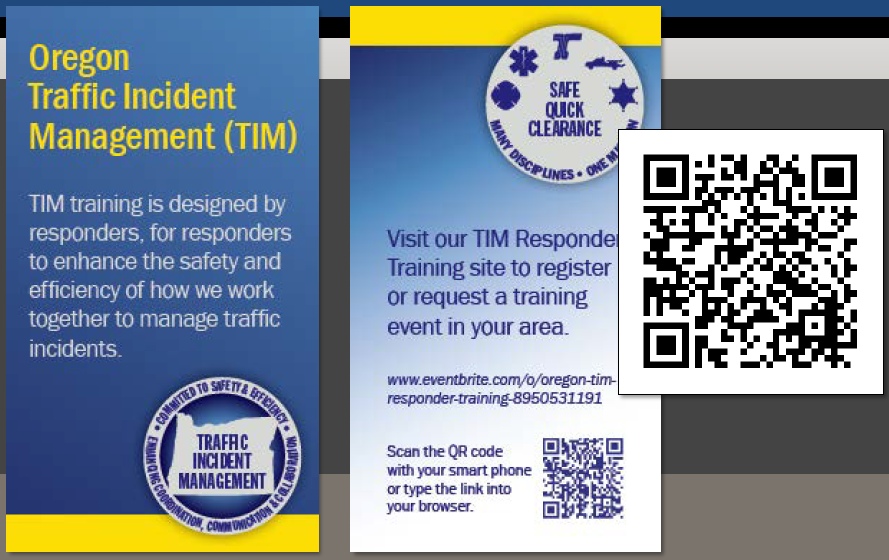
From Gossip Column to TIM Program -
"Begin somewhere; you cannot build a reputation on what
you intend to do." ---Liz Smith
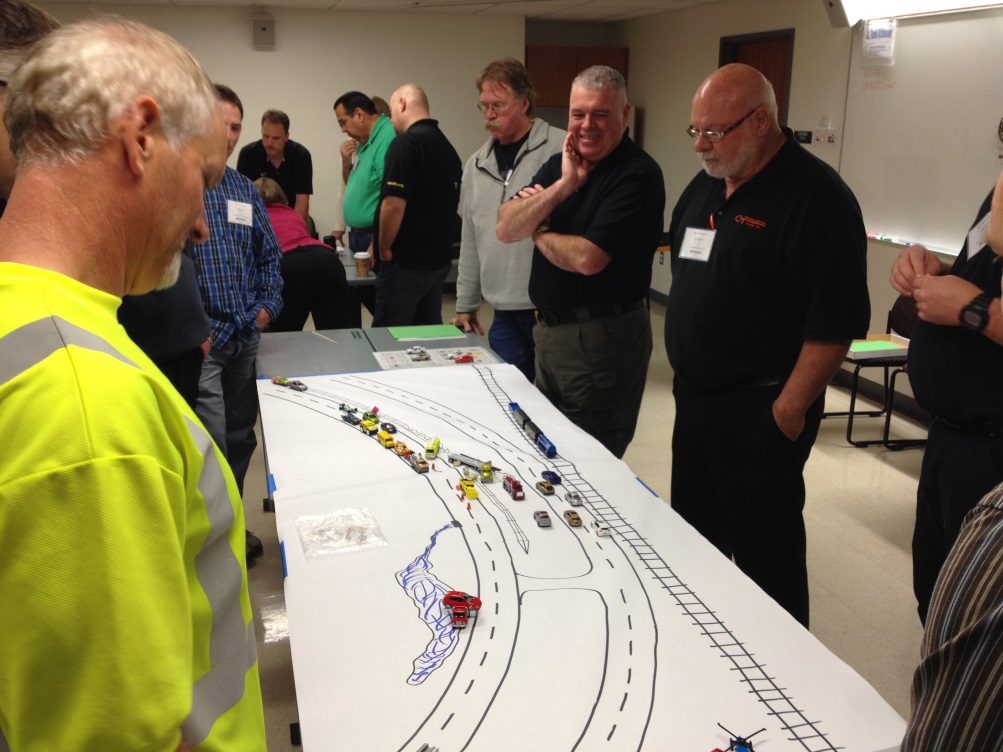

Realizing the Benefits
Coordination
- TIM Plan = Program Touchstone
- TIM Teams embed local champions, help institutionalize TIM
Communication
- Ongoing "TIM Meal"
- Select Peer Pressure
- Identifies how & where to get involved
Collaboration
- Share the knowledge
- Share the Game plan
- Succeed as a Cross- disciplined, inter- agency TIM Team
Shape or Be Shaped
"Far and away the best prize that life has to offer is the chance
to work hard at work worth doing." ---Theodore Roosevelt

Contact
Darin Weaver
Phone - 503.986.6613
Darin.A.Weaver@odot.state.or.us
Thank you.
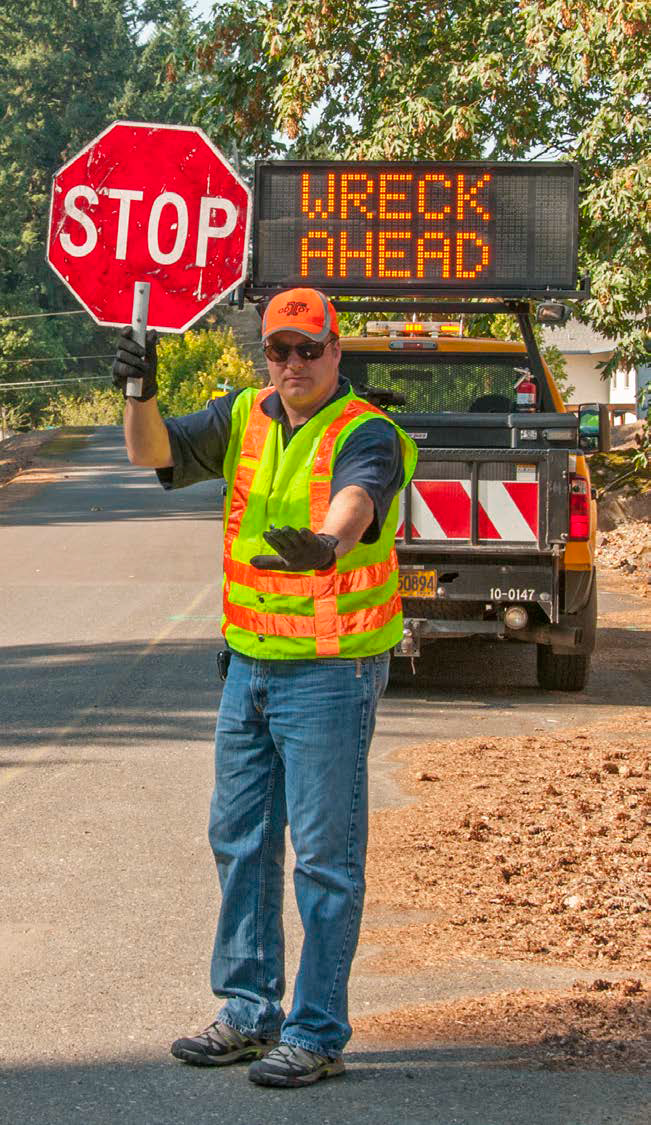
Responder and Motorist Safety
High-Visibility Safety Apparel Use
Manual on Uniform Traffic Control (MUTCD) Section 6D.03 states:
- All workers, including emergency responders, within the right-of-
way of a roadway who are exposed either to traffic (vehicles using
the highway for purposes of travel) or to work vehicles and construction
equipment shall wear high-visibility safety apparel.
- Exceptions:
- When uniformed law enforcement personnel are used to direct
traffic, to investigate crashes, or to handle lane closures, obstructed
roadways, and disasters, high-visibility safety apparel as described
in this Section shall be worn by the law enforcement personnel.
- Firefighters or other responders engaged in emergency operations
that directly expose them to flame, fire, heat and/or hazardous
materials.
High-Visibility Safety Apparel
Use
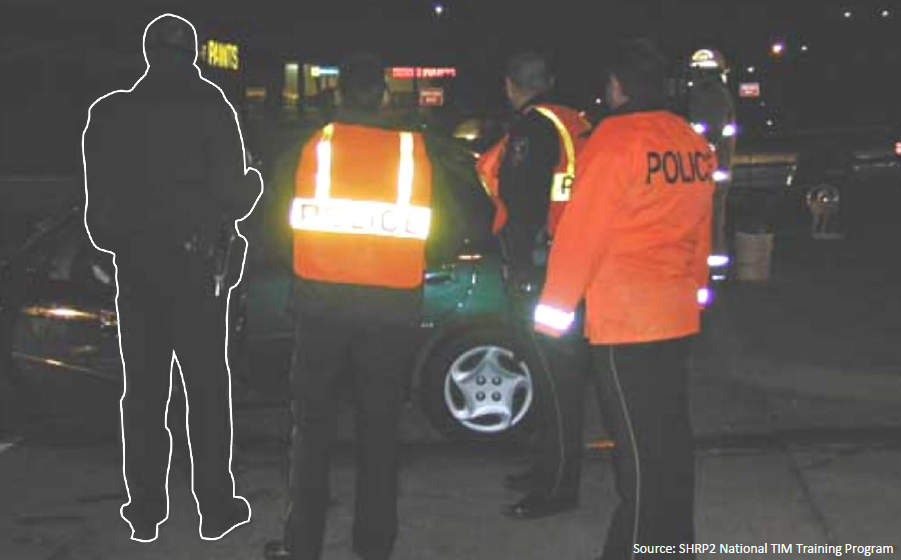
Source: SHRP2 National TIM Training Program
Vehicle Markings
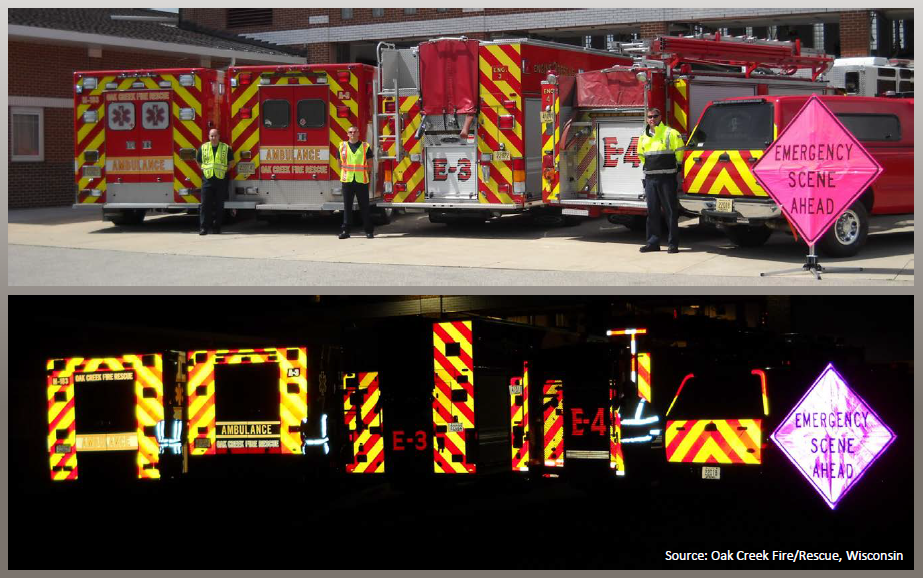
Source: Oak Creek Fire/Rescue, Wisconsin
On-Scene Lighting Procedures
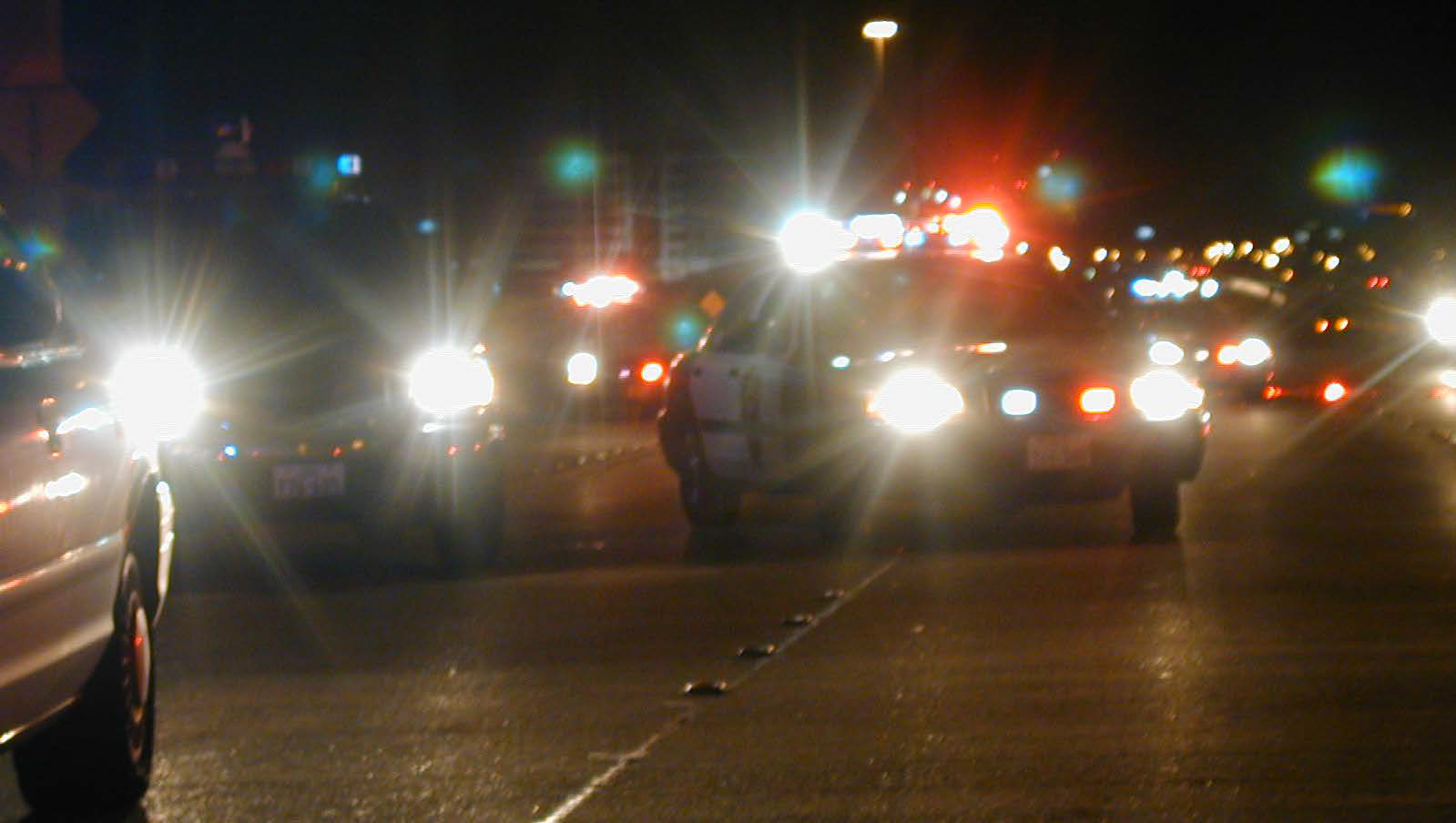
Source: SHRP2 National TIM Training Program
TIM After-Action Reviews
After-Action Reviews (AAR)
- Purpose: To evaluate the decisions made and
actions taken during an incident and to identify both best practices
and opportunities for improvement.
- Effective AAR/Debriefings provide a constructive forum to identify
conflicts and inefficiencies and to then take steps to resolve or
eliminate them.
- AAR/Debriefings can help open lines of communication and foster
relationships between responders.
- Incident AAR/Debriefings should be multi-agency and multi-discipline.
AAR Typical Format
- Review basic details of incident.
- Utilize pictures and/or video to illustrate incident scene.
- Utilize maps to illustrate incident location and emergency alternate
routes.
- Roundtable discussion – agency perspectives.
- Discuss issues and/or areas of concern.
- Identify solutions/enhancements.
- No finger pointing!
- Identify at least one action item per AAR/Debrief.
TIM Program meetings provide a regular opportunity to conduct AAR/Debriefs
and follow up on resulting action items.
TIM TRAINING
High-Level TIM Training
Framework and Tiered TIM Focus Areas
- Tier 1: National TIM Responder Training (SHRP2 L12)
- Tier 2: Advanced TIM Workshop (for Mid-Level Managers)
- Program Focus (Committee/Task Force)
- Relationships.
- Needs Assessment.
- Training.
- Performance Evaluation.
- Asset Management.
- Contracting.
- Administration & Staffing.
- Finance/Budget.
- Tier 3: Executive Level Briefings (for Decision Makers)
- Program Focus (Committee/Task Force)
- Relationships.
- Needs Assessment.
- Training.
- Performance Evaluation.
- Asset Management.
- Contracting.
- Administration & Staffing.
- Finance/Budget.
National TIM Responder Training Program
Implementation Progress - July 10, 2017
Train-the-Trainer Sessions
- 320 sessions with 9,799 participants
In-Person Responder Training
- 10,344 sessions with 237,453 participants
Web-Based Training (WBT)
- 23,672 total | 18,340 NHI | 1,610 Other
- 3,722 ERSI Responder Safety Learning Network
Total Trained: 270,924
National TIM Responder
Training Program
Total Trained – July 10, 2017
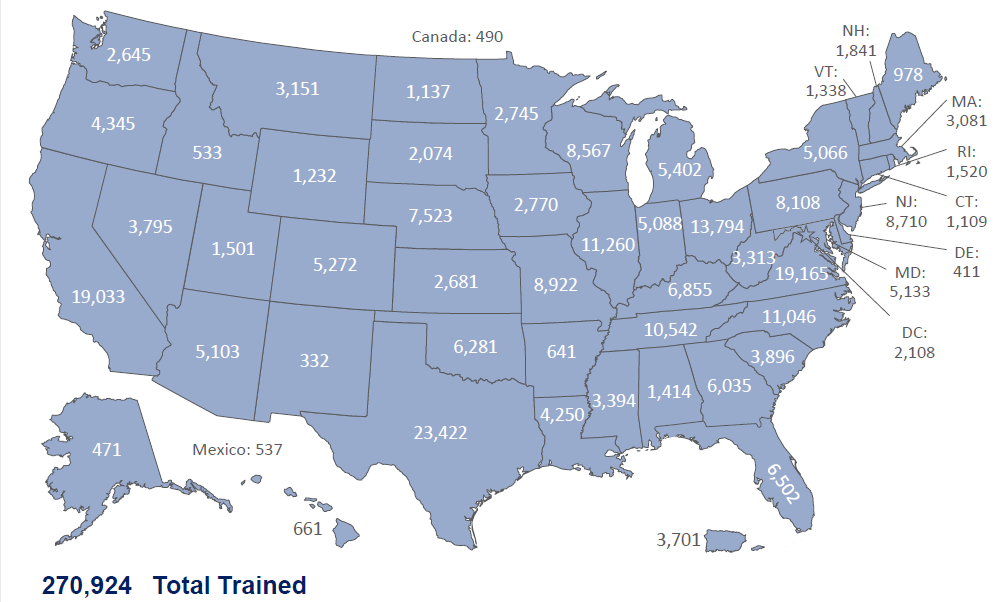
National Training
for Traffic Incident Responders (Tier I)
Training Course Design:
- Course has been developed for responders by responders.
- Webinar focused solely on the Training September 20, 2017.
Questions?

FHWA Contact Information
Mr. Paul Jodoin
Traffic Incident Management Program Manager
Paul.Jodoin@dot.gov
(202) 366-5465
« back to Webinars
































